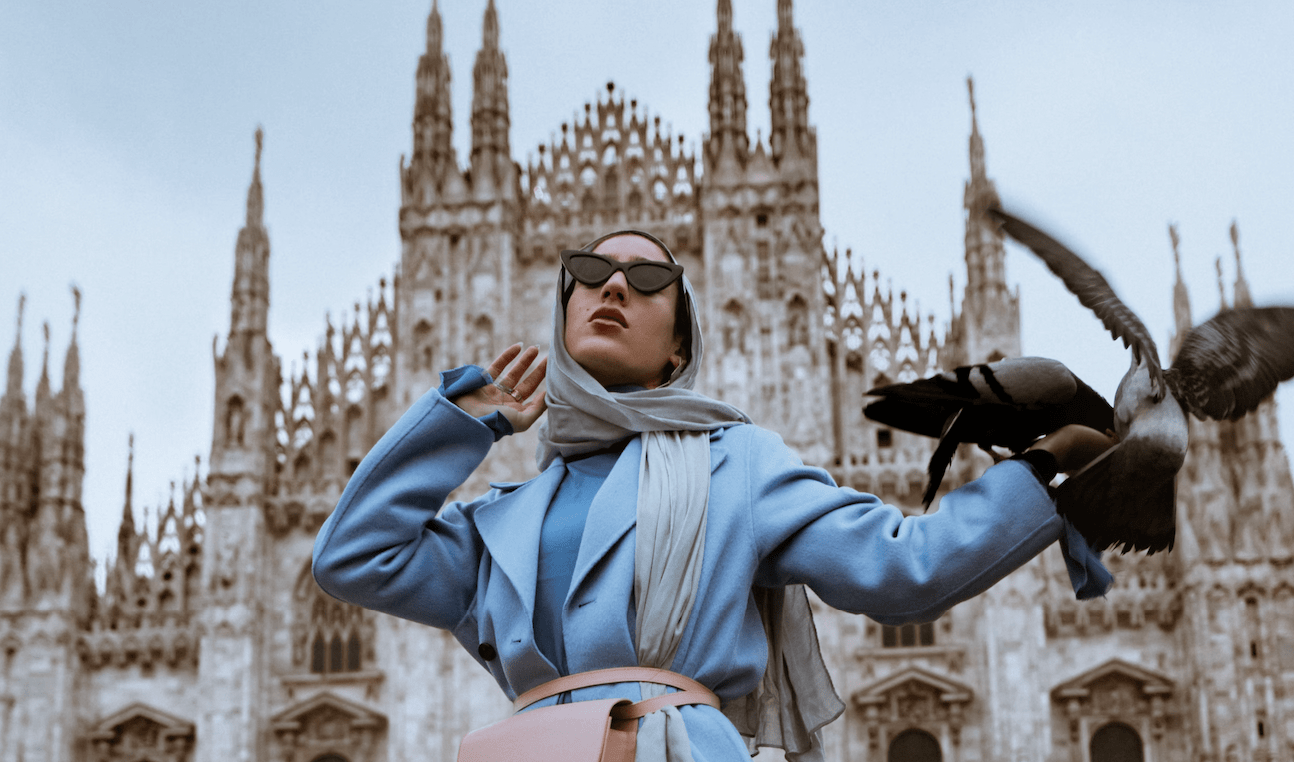Freedom of belief is only true freedom of belief when it’s fashionable. It’s the take-off point for every double-standard that exists in the public sphere, now increasingly apparent with Muslim women’s right to exercise their personal ideologies – and, jarringly enough, their modesty. Headscarves have become an inflammatory topic in most political circles, and what was once a benign form of self-expression has become the scapegoat for most far right- and refracted left-wing tin-foil hatters. It’s not a startling development, either. Europe’s waspish approach to the headscarf, and even more aggressive approach to the burqa and its variants, is nothing new. Women wearing headscarves are systematically discriminated against and often fear for their safety in most non-Muslim majority countries; some are encouraged to remove it entirely, or have it forcibly torn off them. This one-sided conversation has been going on for the better part of the century, with a 2021 announcement from the European Court of Justice (ECJ) prohibiting citizens from wearing religious symbols in public – the poster-child of which, naturally, was the Muslim headscarf. The 2021 announcement was yet another chapter of the court’s initial 2017 ruling, which…
Off The Streets, On The Runway: Europe’s Double-Standard For Muslim Headscarves
November 19, 2021



